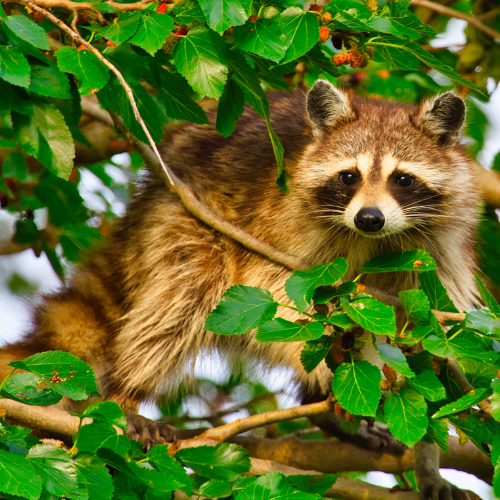
14 Dec Nocturnal Wanderers
The Nocturnal World of City-Dwelling Rodents
In the quiet of the night, while the city sleeps, a different kind of life stirs in the shadows. Urban rodents, often unseen during the day, begin their nocturnal activities, roaming through neighborhoods in search of food and shelter. This blog delves into the intriguing world of these Nocturnal Wanderers, shedding light on their habits, impacts, and how we can manage their presence in our urban environments.
Nocturnal Wanderers
Adapted for the Dark: Rodents like rats and mice are primarily nocturnal creatures. They have adapted to thrive in the darkness, which offers them safety from predators and the cover they need to search for food. Their keen senses of smell and hearing guide them in the dark alleys and streets of our neighborhoods.
Scavenging and Foraging: Urban rodents are opportunistic feeders. They often scavenge through garbage bins, compost heaps, and any accessible food sources. Their diet is diverse, ranging from discarded food to pet food left outside.
Nesting and Breeding: These creatures prefer dark, secluded areas for nesting. Common nesting sites include abandoned buildings, cluttered basements, and even undergrowth in gardens. Rodents reproduce rapidly, which can lead to significant population growth in a short period.
Rodents & Urban Neighborhoods
Health Risks: Rodents are carriers of various diseases, which can pose significant health risks to humans. They contaminate food sources and living spaces with their droppings and urine, potentially spreading illnesses like salmonella and hantavirus.
Property Damage: Rodents have strong teeth that never stop growing. They gnaw on a variety of materials, including wood, plastic, and even electrical wiring, causing damage to homes and potentially creating fire hazards.
Effective Rodent Control Strategies
Proactive Prevention: The best strategy to control rodents is prevention. Secure your trash bins, store food in airtight containers, and eliminate potential nesting sites by decluttering and maintaining cleanliness.
Seal Entry Points: Inspect your home for cracks, holes, or gaps where rodents could enter. Seal these entry points with durable materials to prevent rodents from gaining access.
Use of Traps and Baits: In cases where prevention is not enough, traps and baits can be effective. However, it’s essential to use them responsibly and in compliance with local regulations.
Professional Pest Control Services: For severe infestations, professional pest control services can offer more comprehensive solutions. They can provide targeted treatments and advice on long-term rodent management.
Understanding the nightly activities of urban rodents is key to managing their presence in our neighborhoods. By adopting proactive measures and maintaining good hygiene, homeowners can significantly reduce the likelihood of rodent infestations. Remember, effective rodent control is not just about elimination but also about creating an environment that is less attractive to these nocturnal wanderers.
The Urban Wildlife Active After Dark
Raccoons: Known for their intelligence and dexterity, raccoons are common urban visitors, often rummaging through trash cans.
Opossums: These nocturnal marsupials are often seen scavenging for food in yards and near garbage areas.
Skunks: Recognizable by their distinctive black and white coloring, skunks are nocturnal creatures often found in urban settings.
Foxes: In some urban areas, especially those near wooded regions, foxes can be spotted at night.
Bats: Common in many urban areas, bats play a crucial role in controlling insect populations.
Stray Cats: Feral and stray cats are often more active at night, hunting or scavenging for food.
Owls: Various species of owls can be found in urban areas, especially in parks and wooded neighborhoods.
Norway Rats (Rattus norvegicus): These rodents are common in urban environments and are highly active at night.
Roof Rats (Rattus rattus): Known for their climbing abilities, these rats are also nocturnal urban dwellers.
House Mice (Mus musculus): These small rodents are common in urban areas and are active during the night.
Coyotes: In some urban and suburban areas, coyotes are active at night, often seen near parks and open spaces.
Wild Rabbits: While not typically considered pests, wild rabbits can be active at night, especially in areas with gardens.


No Comments